DERELICT FURNITURE
Designers / Partners: Tõnis Kalve / Ahti Grünberg
Story: Derelict Furniture merged sustainability, craftsmanship, and scalability. Using salvaged wood from abandoned structures and industrial remnants, each piece embraced imperfections, balancing raw textures with precise construction.
Designed for both uniqueness and practicality, the furniture was sculptural yet adaptable—crafted for flat-pack production and easy transport. This innovative approach earned Best Object 2013 by the Estonian Interior Architects Association and a place in the Estonian Museum of Applied Art and Design.
A testament to the power of thoughtful design, Derelict Furniture proved that sustainability and scalability can go hand in hand. At the same time the design aesthetics remained simple and constructive.
AWARDS: The Annual Award of the Estonian Association of Interior Architects 2013 - Best Object
Date: 2011-2016
Photos: Terje Ugandi and Tõnis Kalve
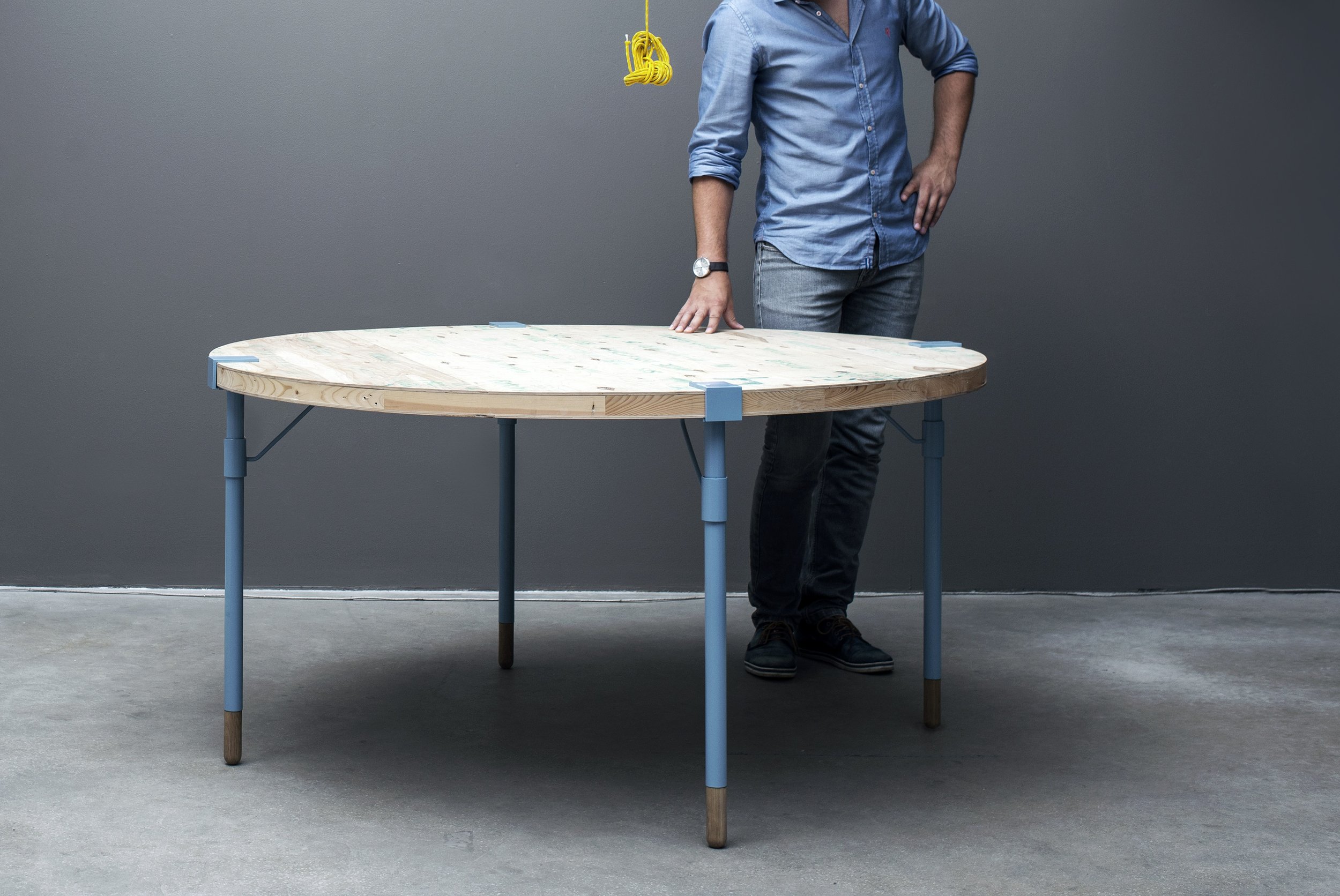
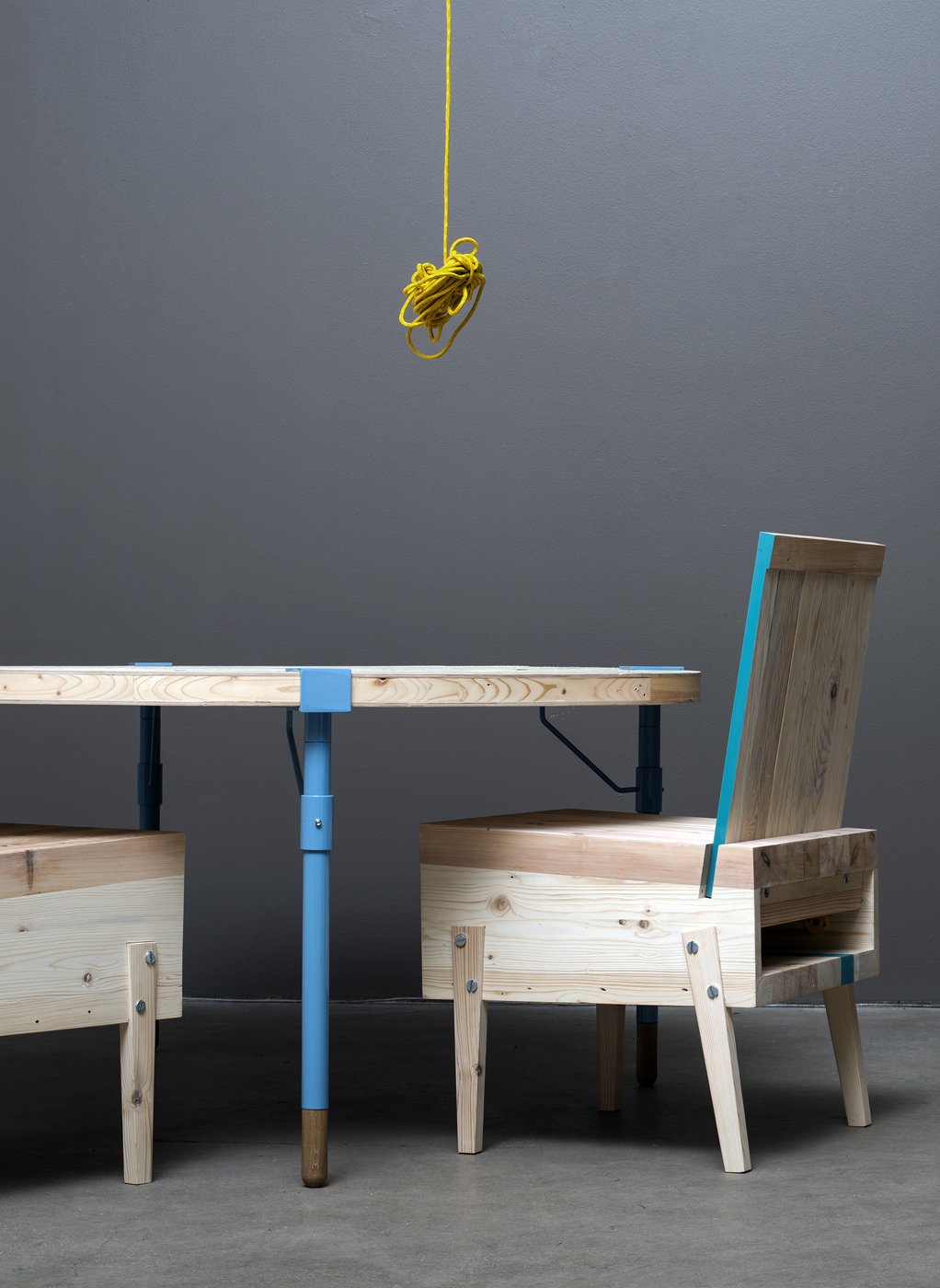
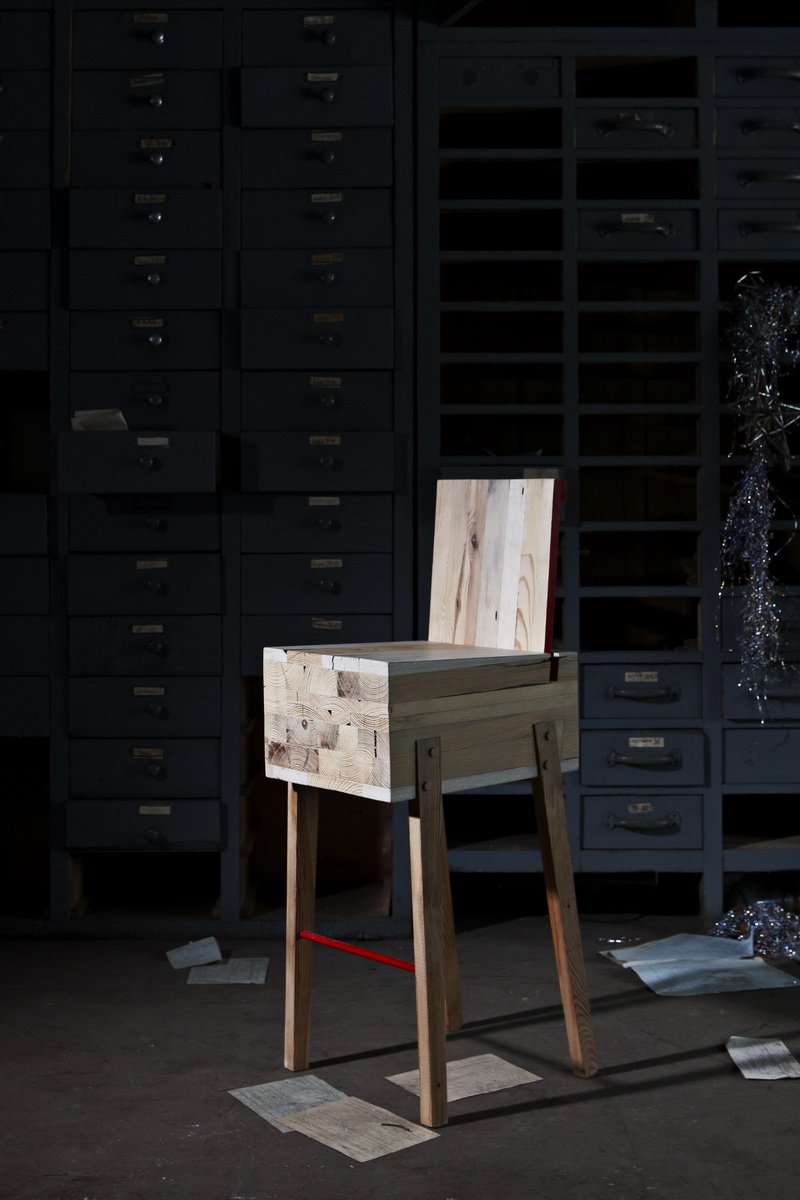





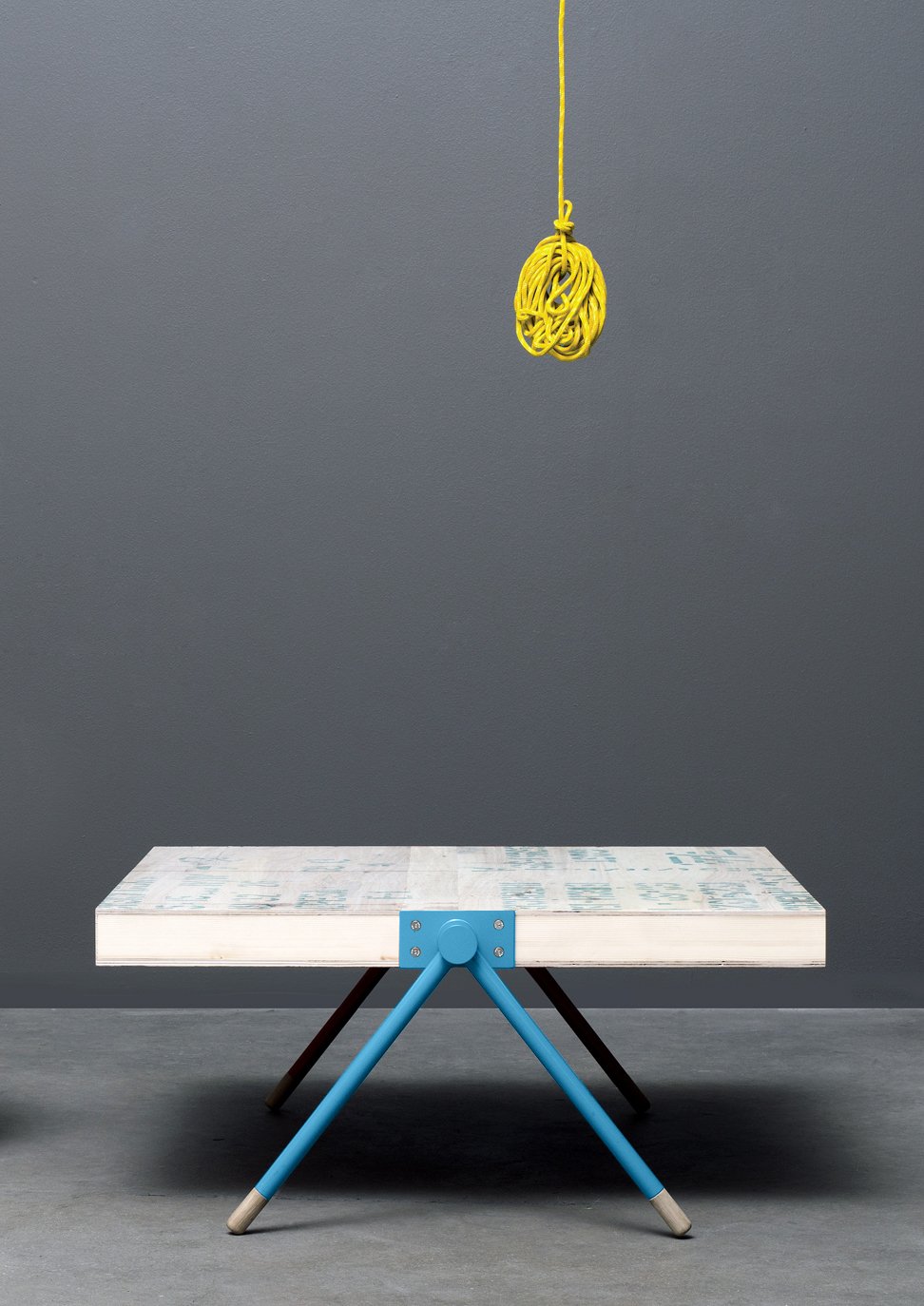





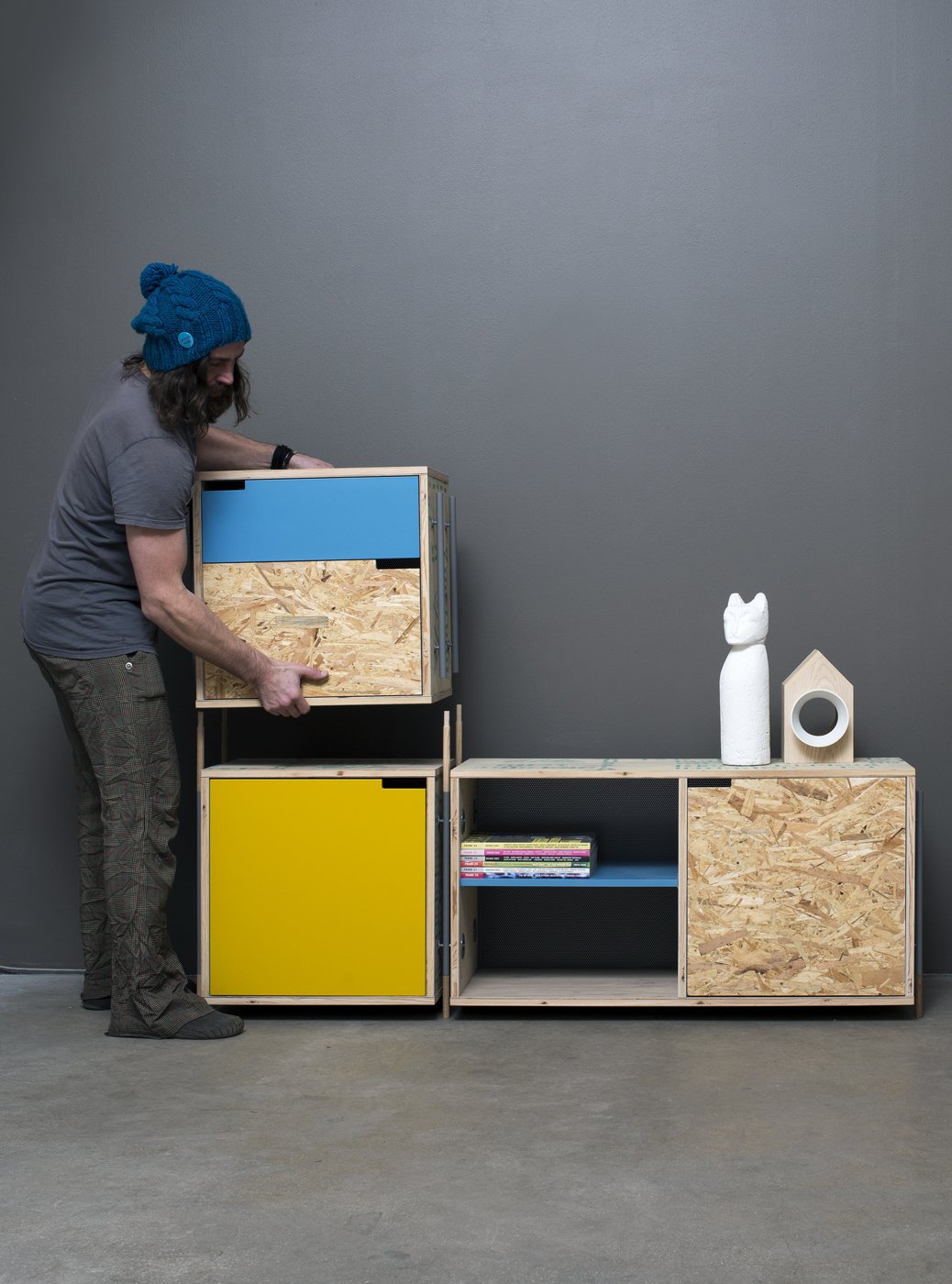



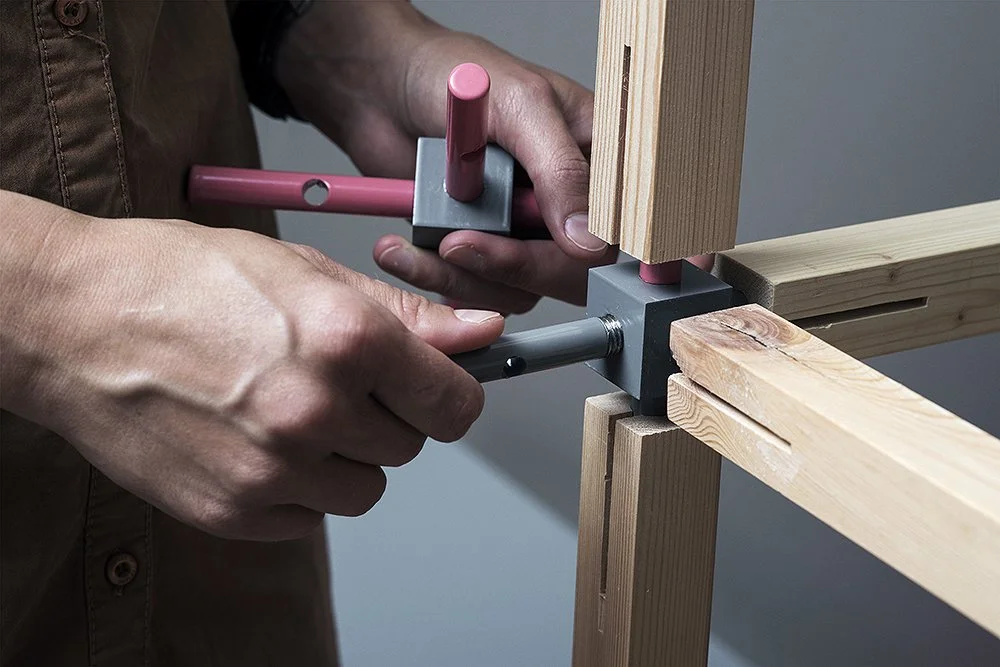

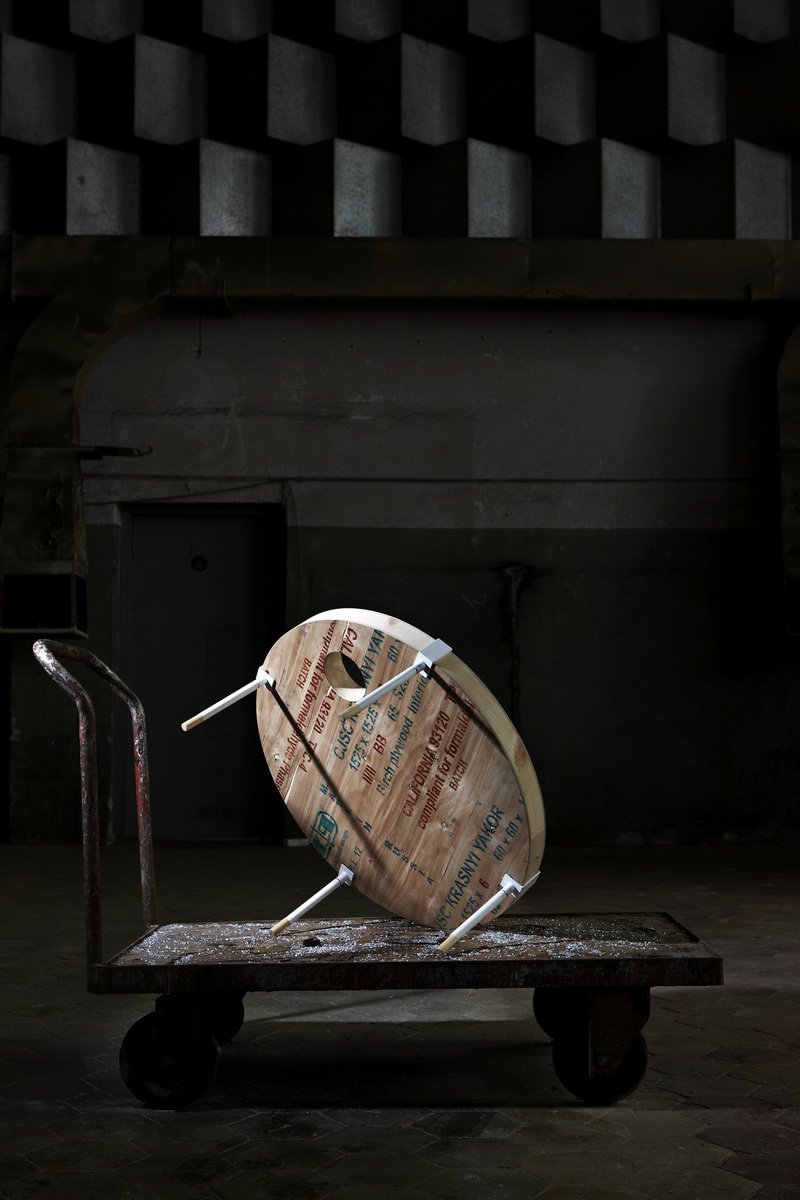
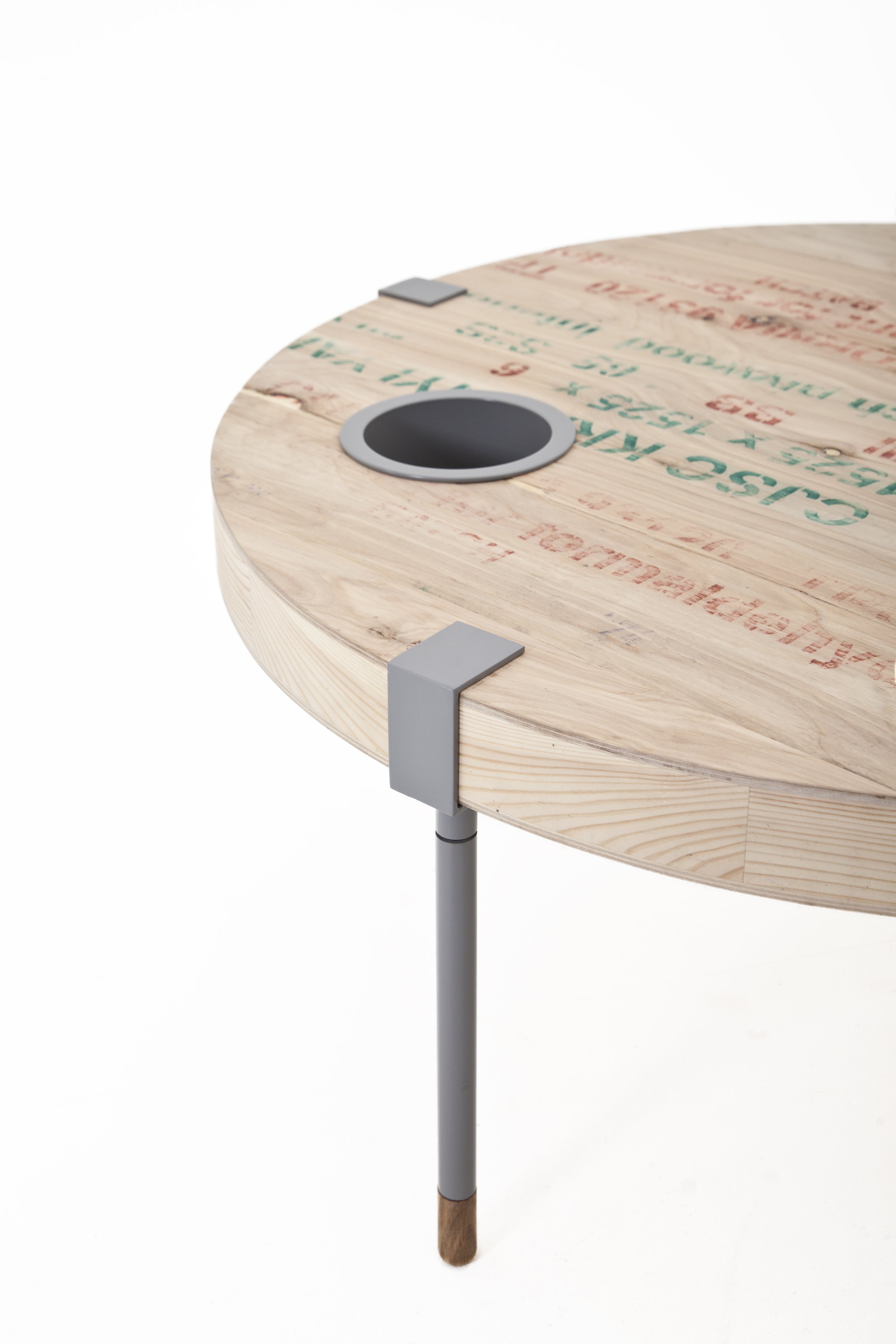


Derelict Furniture - Built to Define the Room
Derelict wasn’t created to blend in. Every piece was designed to hold presence. These are objects that lead the room—sculptural, self-contained, and intentionally bold. Whether placed in a home, gallery, or shared space, Derelict pieces are made to define their surroundings, not follow them.
The materials come from real places: dismantled terraces, collapsed sheds, industrial leftovers. Nothing is covered up or masked. The grain, cracks, and history of the wood are essential to the final form. Every imperfection becomes a part of the object’s character.
Each design balances two priorities: uniqueness and repeatability. The forms follow a strict language, but the materials create variation. The production logic was flat-packable, making it scalable without losing identity.
This approach earned national recognition: Best Object 2013 by the Estonian Interior Architects Association, and a place in the permanent collection of the Estonian Museum of Applied Art and Design.
But more importantly, Derelict showed that sustainable design can be sculptural. Practicality and personality can coexist. And furniture can be more than functional—it can be the reason a space feels like itself.
Derelict Furniture proved that it could be a system. It demonstrated that raw, reclaimed materials could be transformed into refined, expressive, and functional pieces, bridging the gap between traditional craftsmanship and modern production methods.